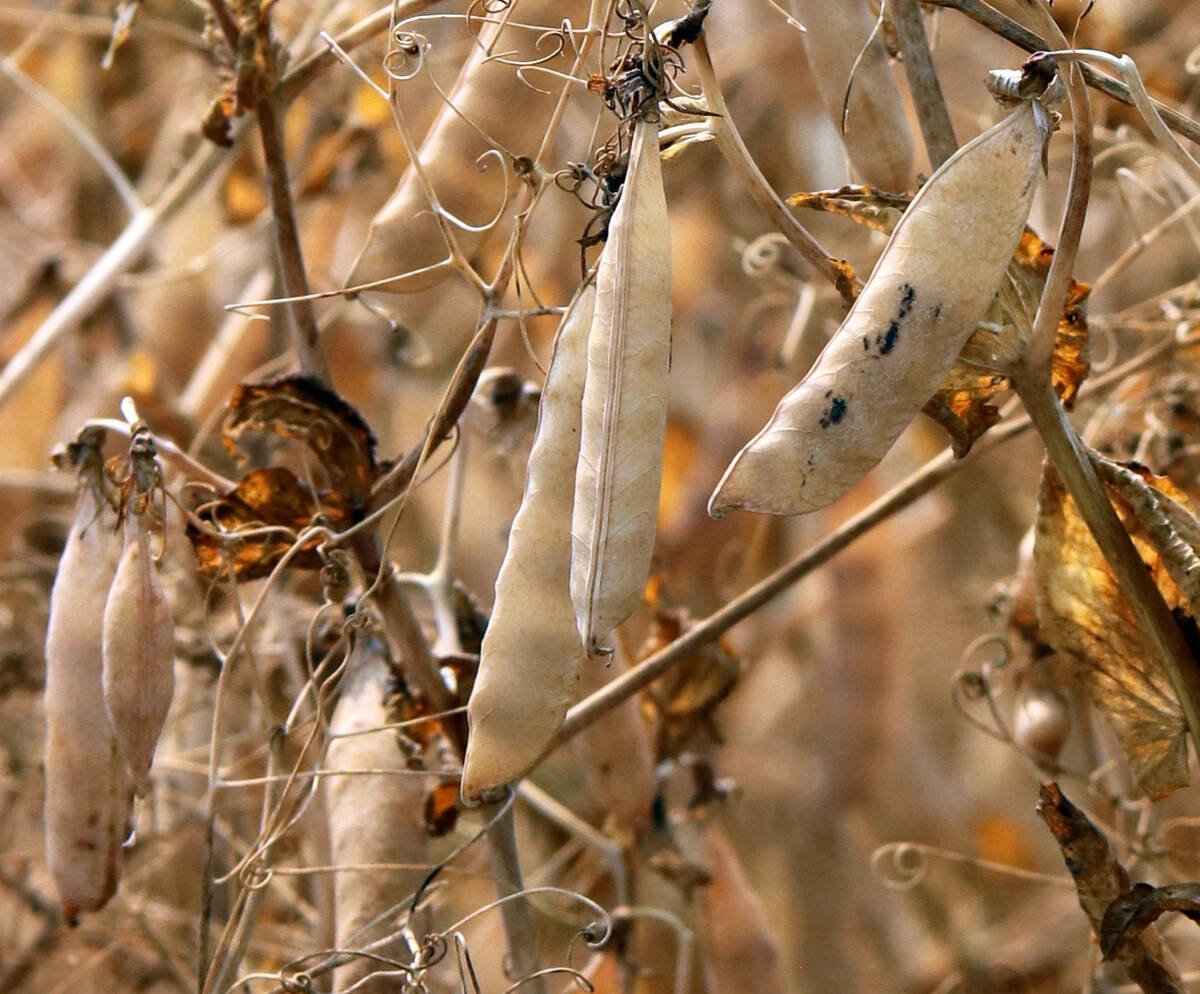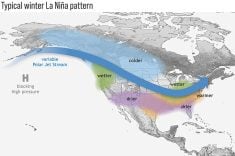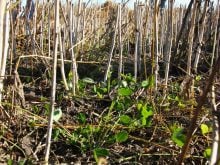Finding ways to make their farm equipment work better is a skill common to many prairie farmers.
At times, while toiling away in their workshops, they come up with a modification or a completely new device or implement that strikes them as something other farmers might use. Their thoughts turn to getting a patent to protect their invention.
But before heading down that path, they should do some homework. Those experienced with the patenting process say it can be a lengthy, costly and complex endeavour.
Read Also

Trump’s tariffs take their toll on U.S. producers
U.S. farmers say Trump’s tariffs have been devastating for growers in that country.
“They need to think about the cost and what they’ll get in return,” said Murray Wilson, a member of the patent appeal board for the Canadian Intellectual Property Office.
“It’s basically a business decision.”
A patent gives the inventor the right to exclude others from making, using or selling an invention. The right lasts up to 20 years after the day on which the patent application was filed.
Bob Kallio, a lawyer, engineer and registered patent agent in Saskatoon, said based on his experience with clients seeking patents, it takes an average of three years to gain a patent. That has occurred when clients requested an examination of their application from the federal Patent Office as early as possible.
Kallio tells his clients that a ballpark figure to patent an invention in Canada and the United States is $15,000 over three years. Much of the cost is for Canadian and U.S. patent office fees.
There are three basic criteria for deciding whether something is patentable:
- The invention must be the first of its kind.
- It must be useful.
- It has to show inventive ingenuity and not be obvious to someone skilled in the area in which it will be used.
The main challenges facing a patent seeker are learning whether someone else has already patented the invention, knowing the best time to apply for a patent and ensuring that the patent is not easily infringed upon. Wilson said registered patent agents are familiar with those kinds of issues, and seeking the advice of one can help prevent mistakes that could haunt inventors later.
“It is a bit of a minefield out there,” said Wilson, noting the patenting system is driven by dates and if inventors miss some of them, “you screw yourself.”
A first step toward getting a patent is a preliminary search of existing patents. Knowing whether someone has already patented the same gadget could save time and money. The Canadian Patent Office in Gatineau, Que., holds more than 1.5 million Canadian patents. There are several million patents in the U.S.
Kallio said inventors have come to him with what they thought were new inventions only to discover that the item had already been patented, sometimes several decades earlier.
Knowing when to apply for a patent can also be critical. In Canada, the patent goes to the first inventor to file an application. According to the Canadian Intellectual Property Office, even if an inventor could prove that he was the first to conceive of an invention, he would lose out if a competing inventor filed before him.
That may make it wise to apply as early as possible, but there are times when haste can be counterproductive. Filing while still developing an invention, for example, could mean omitting essential features from the application, forcing the inventor to reapply and adding to the time and costs involved.
It’s also important to obtain a patent that clearly defines boundaries to prevent patent infringements.
Information posted on the CIPO website describes that delicate balance: “The challenge is to draft the claims so that your invention is defined broadly enough to provide maximum protection against infringers, while at the same time being sufficiently specific to identify your invention and distinguish it from all prior inventions.”
A Canadian patent does not protect the invention in another country. To gain the same protection in the United States an application would also have to be applied for there.
“What a patent really is, is sharing technology,” said Harvey Bergen, general manager of PhiBer Manufacturing Inc. in Crystal City, Man., that designs and builds haying and bale processing equipment.
“You’re sharing the technology to everybody in the world while at the same time protecting your idea,” he said. “It’s not a bad process, but I’m not a bookkeeper by nature and I hate paperwork, so for me it’s a pain.”
Gary McCrea, president and co-owner of Ag Shield Manufacturing in Benito, Man., said it’s a ponderous process.
“It’s amazing how slow and how picky they can sometimes be,” he said. “I don’t think we’ve ever gotten (a patent application) through in less than 20 months.”
Ag Shield designs and builds farm equipment, including its patented shields for spraying equipment.














